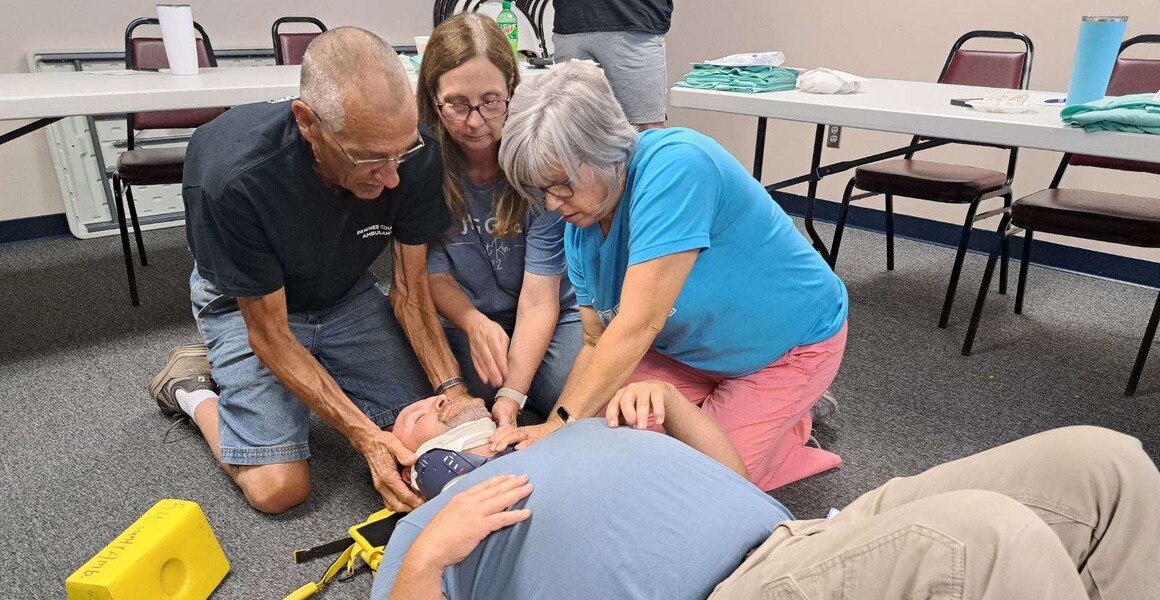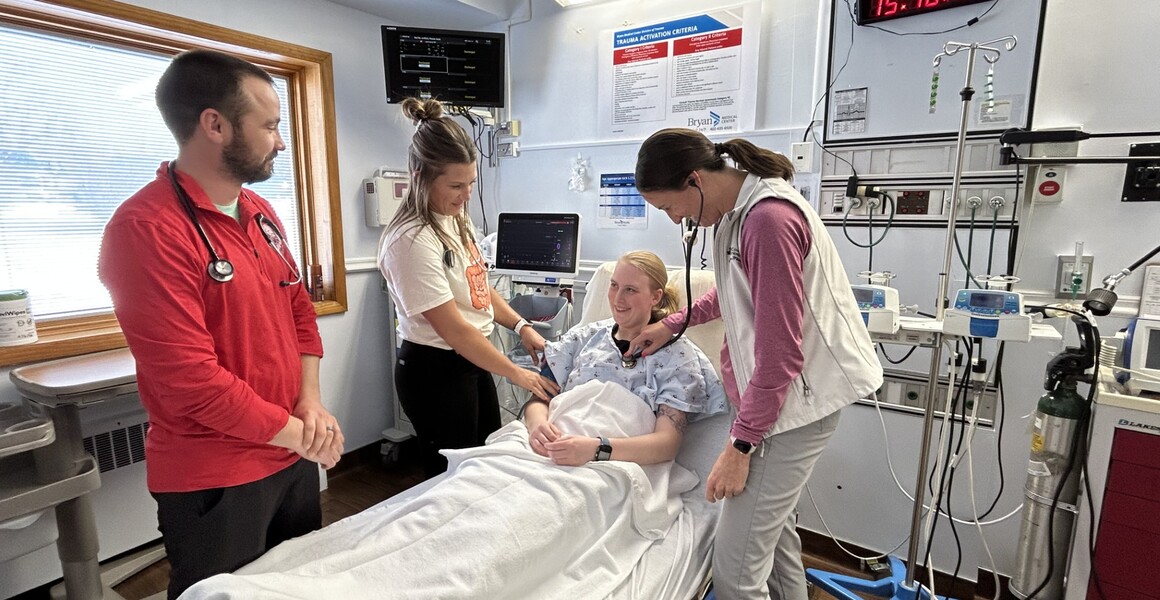Measles
By Dr. Kent Niss
I wanted to build on the topics recently discussed with some discussion about vaccines and just as important the diseases that these things keep from happening. I want to start with the low hanging fruit, Measles. This is a subject that has been given a lot of attention lately, but has been a common topic the last several years. There are a lot of opinions, truths and fallacies brought up about measles. Although, opinions are an important part of our ability to express our beliefs and thoughts, opinions are different than facts. It is crucial that when discussing a topic as sensitive and important as our health, we base our dialogue in facts. The great part about the modern practice of medicine is that it is a scientific field, which means we base our practice of this art upon the scientific method, literature and evidence. The common term for this type of practice is “evidence-based medicine”. I would like to chat today about the topic of measles from that point of view, what does the evidence say. This will allow us to then have good, honest and respectful discussion, not argument.
So, what is measles? Measles the disease caused by the measles virus which is also known as Rubeola. This virus causes symptoms that seem very typical of any “cold”, however, it has a couple very specific rashes that are unique to the measles virus. First and foremost, the measles virus is incredibly contagious. If 10 people are exposed to one person in the same room, undoubtably, 9 of those will contract the measles virus and have illness (if not vaccinated). This is mind blowing! Lately we have talked a lot about COVID-19 and its ability to spread, well measles blows it out of the water. Measles does have a very defined course of its manifestations. After you are infected, there is usually about a 7–10-day period of no symptoms called the incubation period. During this time the virus is replicating, and it does this in the areas of our nose, mouth, respiratory tract and eyes. Which is exactly how measles is spread, by respiratory droplets and the virus can live on surfaces for several hours. During the last half of this time course a person is contagious as well. At about 7-9 days after exposure is when folks will start to have symptoms, we call this the “prodrome”. The symptoms that occur here are high fever, cough, runny nose, irritated eyes (conjunctivitis). When I say high fever, I mean fevers above 103. This lasts for about 4 days. On the second day of these symptoms is when the first of two classic symptoms appear, Koplik’s spots. These are lesions within the mouth and are very specific for measles. At about this same time is when the skin rash can occur. Now this rash presents and disappears in a specific pattern. It is a rather fine rash that starts on the forehead and works its way down the body and usually does not spare any particular areas. It will also disappear in the same fashion from top to bottom. However, by the time you develop this rash you have been contagious for at least 4 days. As you can see that would make avoiding this virus very difficult. The rash then lasts for about a week and typically individuals are not contagious after about the 4th day of the rash. That means this is an illness that can last greater than 2 weeks very commonly.
So why do we care about measles, it sounds like a typical cold virus right? Well, if the truth is spoken and heard, that is a very naïve standpoint. This is a virus that spreads faster and more efficiently than most and also has the potential for very severe complications that the common cold does not. It is correct that this virus does not cause severe disease 100% of the time, but that should not result in letting our guard down. The main driver for severe complication is the high fever. This results in encephalitis (swelling of the brain) and is almost always debilitating or fatal. The measles virus is a high cause of premature birth, spontaneous abortions and babies being born with very low birth weight when contracted during pregnancy. More common severe complications are pneumonia because this virus suppresses the immune system and hospitalization due to severity of symptoms. The most startling number (even in developed countries) is that 1-3 children for every 1000 who are infected will die due to complications. I know that can be brushed off, but that would be an enormous devastation to a community our size.
The next question is how we even prevent this from happening and can it be treated. There is a very simple, safe and evidence proven manner of preventing measles infections and that is vaccination with the MMR (Measles, Mumps and Rubella) vaccine. This vaccine is a 2 shot series that is most often given in early childhood (18 months and 4 years old) and can develop 97% immunity. This vaccine came under a lot of scrutiny as a cause of autism spectrum disorder; however, this is a myth that has unequivocally been debunked. The only literature article that every stated a link between the two was retracted as it was a completely falsified study. Conversely, there have been several, verified, studies that demonstrate no link and definitely no causation. One of these studies included more than 500,000 children, which is a very powerful study. An even more impressive fact is shown when a large enough portion of the population is immunized the disease can nearly be irradicated. It is important to note this does not irradicate the virus, but it does eliminate the disease that the virus causes. Please reach out to your primary care provider to inquire about the MMR vaccine as it is applicable to any age and is safe for those even down to 6 months of age.
It is important to know that there is no direct treatment for measles. All measures are just supportive and treating the secondary conditions that can develop. A lot has been mentioned about Vitamin A and in specific instances Vitamin A can help with the immune system, but if given in large doses Vitamin A can be extremely dangerous as our body stores it differently than other vitamins. Vitamin A is most definitely not been shown to prevent measles.
Prevention is our only method of attack against measles as is the case with many other viruses. As the saying goes “An ounce of prevention is worth a pound of cure”. This could not ring truer when it comes to measles. Please, I ask that if you have concerns about this topic or the vaccination that is associated, reach out to your health professional, look at credible scientific resources and ask questions. We are here to help provide you with the information to allow you to make the best decision for your health and the health of our community.










